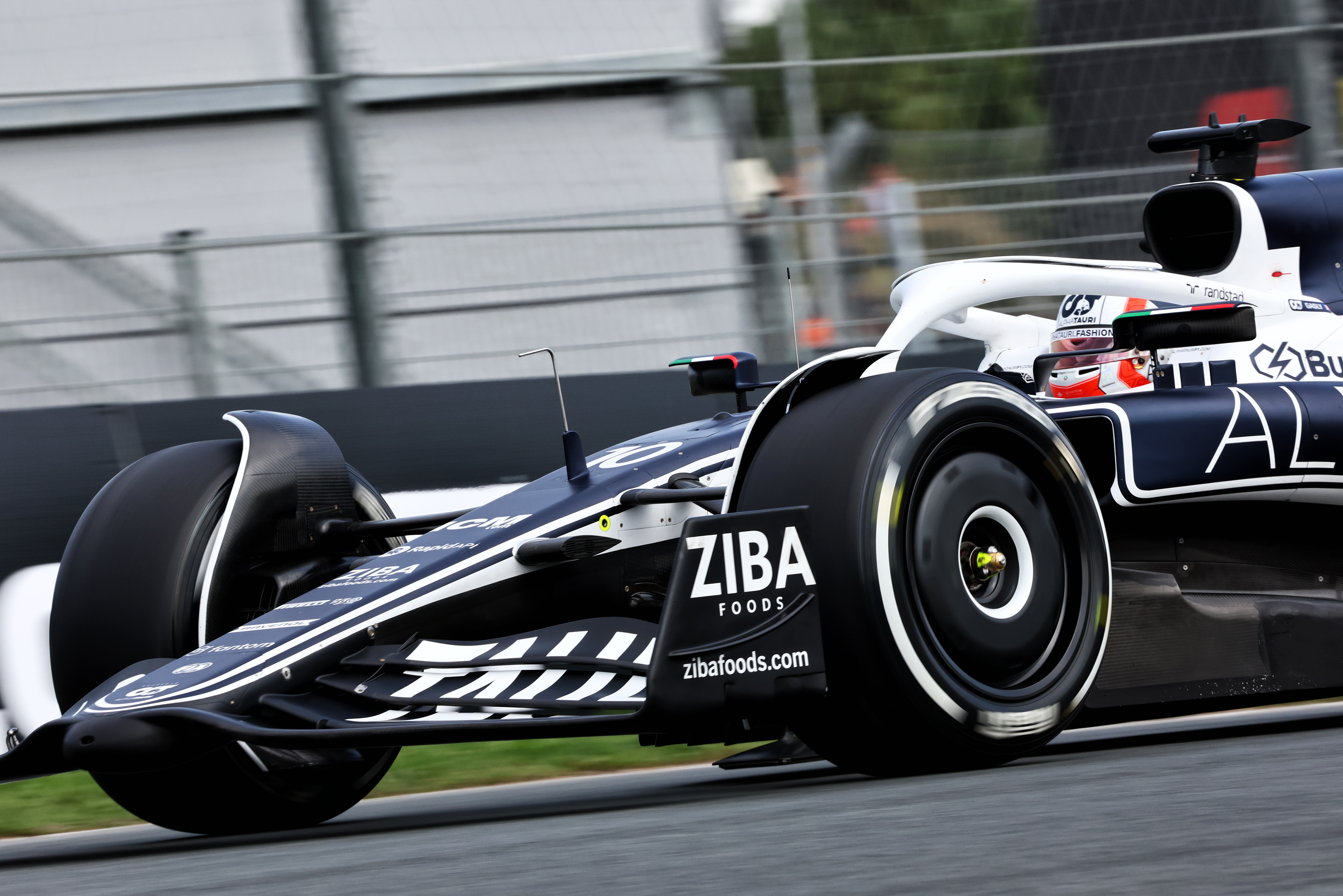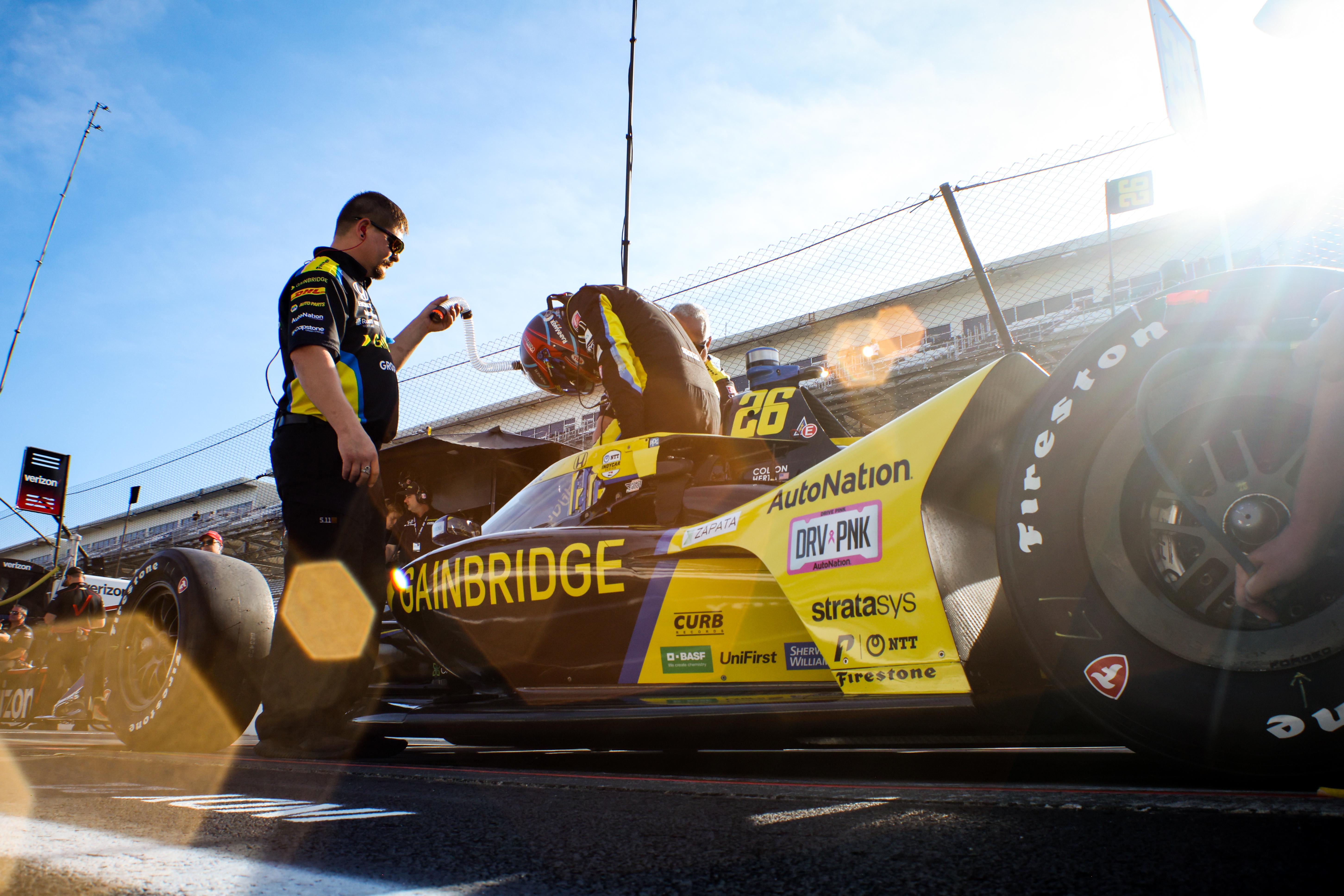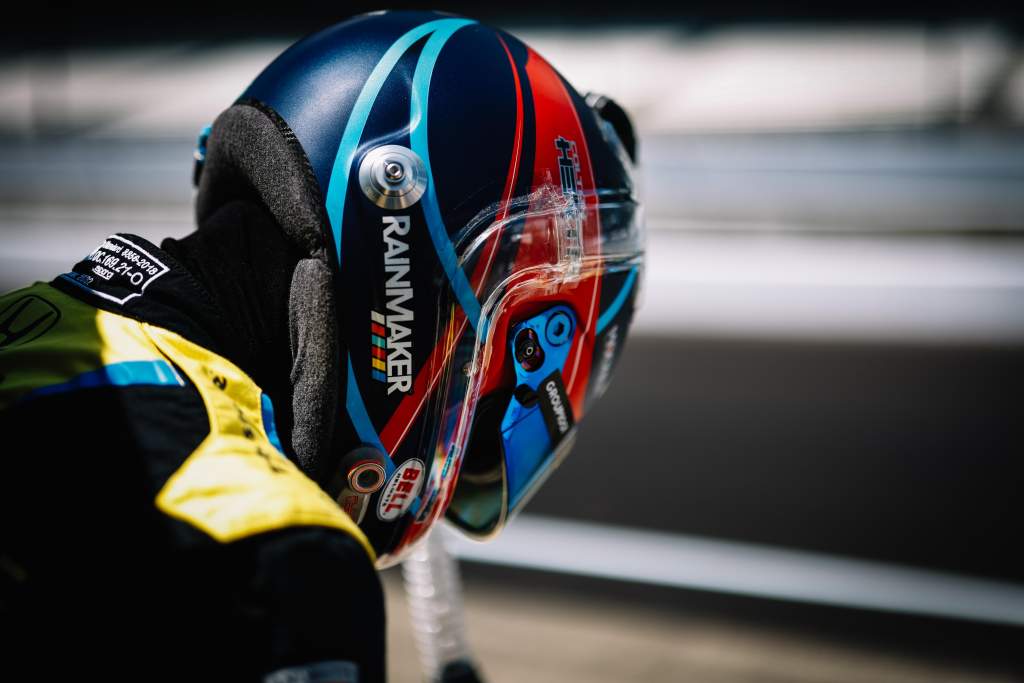Up Next

Whether or not Colton Herta merits a superlicence to race in Formula 1 in 2022 has become a hot-button topic given Red Bull’s desire to give him a drive for AlphaTauri next year. One side of the debate says that rules are rules, and the other argues Herta is plenty good enough for a superlicence. Both are right.
Using the current rules, Herta is not eligible for a superlicence. The regulations enshrined in Appendix L of the FIA’s international sporting code require 40 points, which Herta does not have.
There is a caveat that allows a driver with a minimum of 30 points but who is unable to qualify to be granted one “due to circumstances outside their control or reasons of force majeure”. That’s a broad definition, but one that nobody should pretend applies to Herta.
Herta has finished where he has in the IndyCar standings based on the normal parameters of competition. He’s not been forced to miss races because of COVID-19 or some other reason outside of his control, so his results in the championship exist fair and square. Therefore, he does not qualify and it would be questionable to distort this particular exemption and build a specious argument based on external factors that really shouldn’t apply.
But the point is that he should be eligible. And that reflects a weakness in the regulations, one that really should be modified. And making changes to fix a blind spot in the regulations would be preferable to pretending that the rules as they currently are do allow it. That wouldn’t be setting a precedent, it would be improving a system.

The clause about force majeure or circumstances out of a driver’s control will likely be the way Herta does secure a superlicence, if he is granted one. That won’t be correct, even though it would be the right outcome.
The superlicence points system is not a god to be honoured dogmatically. It’s also not a competition, so the ‘rules are rules’ argument is a little shallow. It exists to ensure that drivers participating in F1 are of a certain standard, both in terms of safety and previous achievement. It’s right and proper that F1 drivers should be of a high level and there have been times in the past when the FIA has been too lax with who it grants superlicences to.
Having a big part of the system measurable and accountable is a good way to prevent this, but it’s not perfect.
This is not an argument to drop the superlience system, but to modify it. And Herta is the ideal case study. He has won seven IndyCar races over the past four seasons, finished as high as third in the standings, and is regarded as one of the championship’s biggest rising stars. While consistency has been a weakness, that’s hardly a pre-requisite for a superlicence.
It would be easy to change the number of points IndyCar is awarded to solve this problem. The system could be changed simply to echo F2, giving 40 points to the top three and therefore guarantee access to a superlicence to any driver who has finished that high up the order in the previous four seasons. You can make a good case for doing so and it’s worth doing.
But while that would satisfy those who insist on using the superlience points as a pure measure of value of category, which is great for tribalism but ultimately just playing the game of a governing body that is already over-politicising the way it designates points, the system can be further enhanced.
Let’s take a comparison from the world of football. Foreign nationals wanting to sign for British clubs need a work permit and part of the process of getting one is accruing what are called ‘governing body endorsement’ points.
Like the superlicence points, the way these are awarded is set by various criteria such as international appearances, appearances in club competitions both domestically and at continental level, and the level of their last club. The requirement for this endorsement is 24 points and any application with 19 or less points is dismissed. But for those with 20-23 points, it is possible to appeal.
This is a good idea, because it allows special or marginal cases to be scrutinised and potentially given approval while still keeping a high baseline level for achievement. Why not do the same with superlicence points?

Based just on his championship positions over the qualifying period (the last four years) Herta has 32 points, so that gives us a guide for the cutoff. Let’s say any driver with 30 points or below cannot get a superlicence but any in that 31-39 range can at least appeal.
There should be certain criteria for this and it must not become a de facto lowering of the points achieved. It would be wise to specify only high-level championships should qualify for this – let’s say IndyCar, Formula 2 and Super Formula as the obvious contenders. It would be necessary to set a few other baseline criteria; perhaps two or three wins in the qualifying period in one of those categories. These should be specified as not being reversed-grid races.
That would narrow the options to a small group of drivers, which based on the current landscape Herta would be one of. Then, simply appoint a panel to evaluate such drivers’ credentials and decide whether a superlicence should be granted. Given this would only apply to a small group of drivers, this is a long way short of making licences to race in F1 a free for all. And it would allow a driver such as Herta, whose championship finishes in IndyCar fall short of his reputation and the level he’s operating at, to get a superlicence.
What there should not be is mission creep. The superlicence points system is a sound and necessary idea, but it needs a little flexibility for borderline cases. But that borderline shouldn’t be allowed to continue to drop downwards, and it certainly should not be the case that superlicences are granted to anyone with a few years in single-seater racing under their belt.
This issue isn’t really about the value of IndyCar relative to F2 or any of the usual noise that drives arguments on social media. It’s about a system that exists for a reason and is largely sound but that requires modification both to better reflect the effectiveness of certain series in proving a driver is up to F1 and to allow for anomalies such as Herta in the future.
Fix the system, don’t circumvent it.





